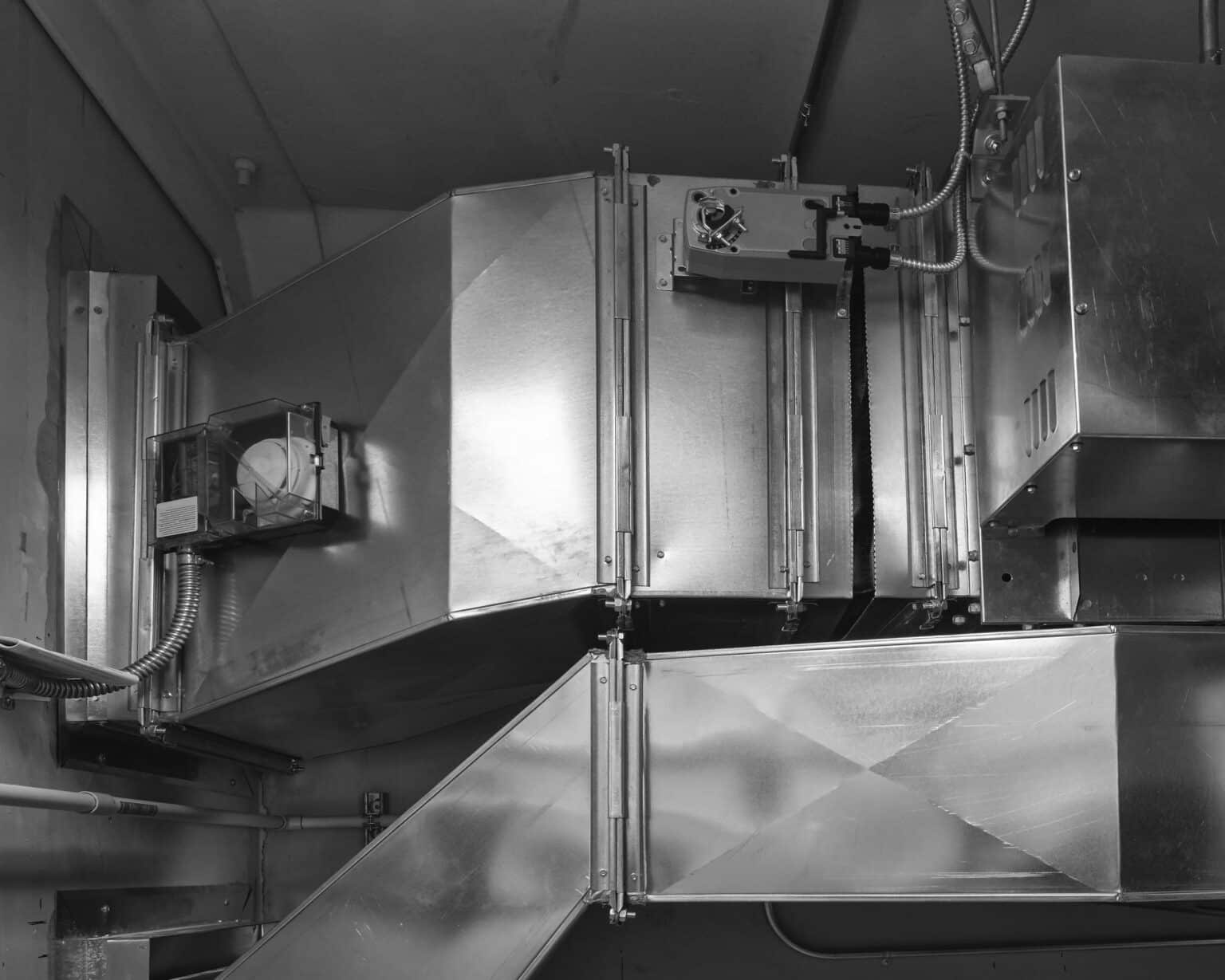Government intervenes in smoke and fire damper controversy
- March 8, 2023
- 7:01 am


Iain Hoey
Share this content
The Office for Product Safety & Standards (OPSS) has said it will act to address the continued controversy surrounding the installation of smoke control dampers in buildings.
The intervention is the result of a series of meetings with the Building Engineering Services Association (BESA) which had issued several urgent warnings about this potential Achilles heel in fire safety strategies for buildings.
The OPSS said it was responding to potential problems that had been brought to its attention by BESA and was now carrying out a documentation review.
‘Targeted, risk-based and proportionate enforcement’
OPSS announced: “Some manufacturers, importers, or distributors of smoke control dampers are being contacted to provide documentation which includes but is not limited to, declarations of performance.”
It added: “OPSS aims to provide targeted, risk-based and proportionate enforcement of construction products regulations and will act fairly and firmly where product risks exist.”
Initial concerns
BESA previously produced a technical bulletin (VH001) to address concerns about the way many smoke control dampers and fire dampers were being installed ahead of a full update of its industry guidance for the ‘Installation of Fire Dampers and Smoke Dampers’ (DW145) which is due to be released later this year.
The bulletin was published after several BESA members reported finding that a significant number of dampers had been incorrectly installed and, therefore, were unlikely to perform their function of reducing the spread of smoke in a building during a fire.
Confusing
The DW145 makes it clear that contractors must follow the manufacturer’s instructions to ensure fire dampers and smoke dampers are installed correctly and comply with fire regulations. However, the Association’s technical director Graeme Fox said those instructions were often confusing.
“For example, some clearly state that you should not use self-drilling, non-fusible fixings, but some are not so clear,” he said. “We briefed the OPSS about this problem and they have now informed us that they are contacting manufacturers and importers to ensure there is clarity and consistency in their declarations of performance.”
He added: “We are able to communicate the risks and solutions via our technical guidance, but the intervention of the OPSS is hugely significant and means the whole supply chain, including clients, will now be on full alert and unable to ignore the problem.”



